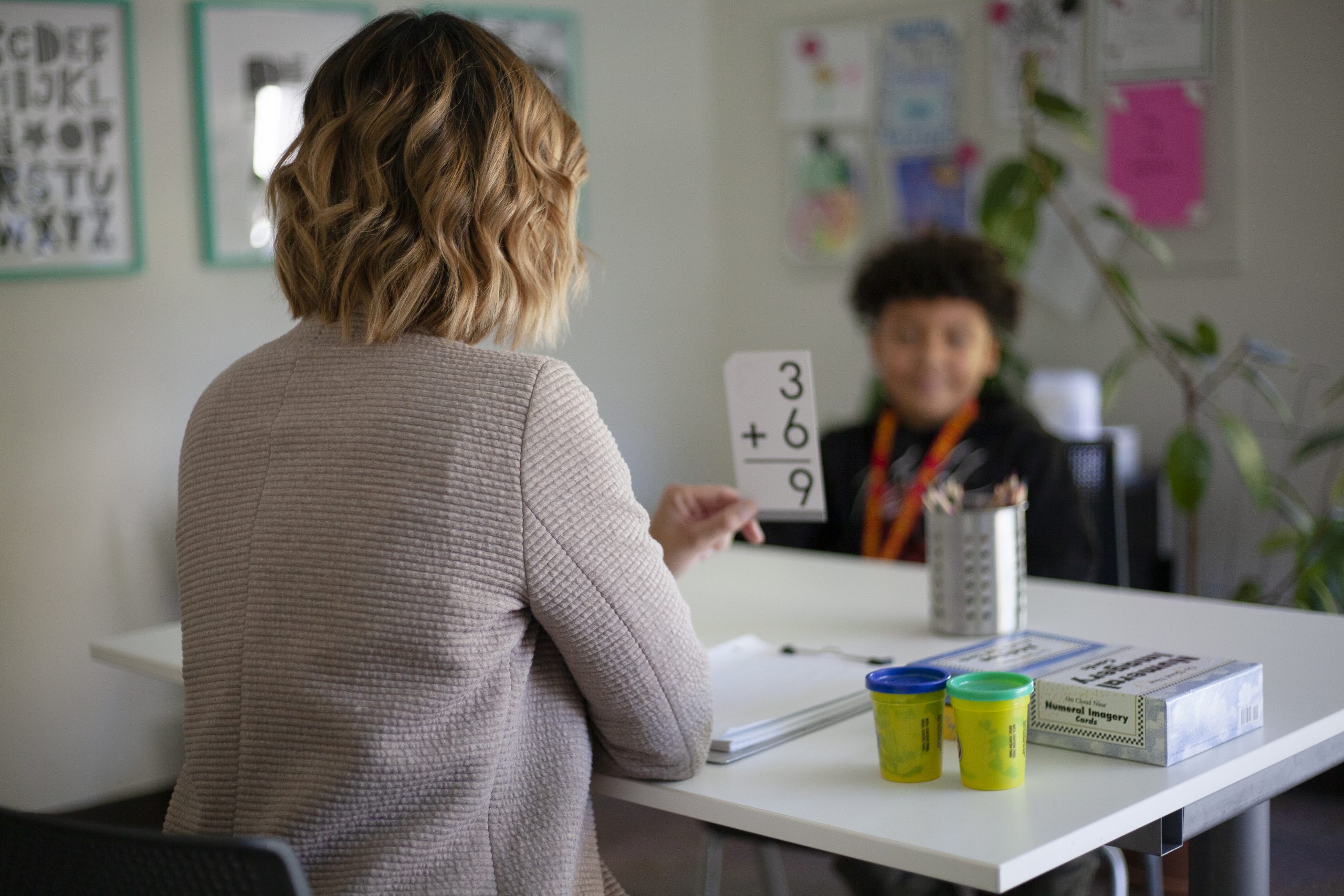Why Flexibility Makes One on One so Powerful
May 9, 2022
The Strength of One on One or Individualized Programming is that it Provides Flexibility When and Where it is Needed During Every Step of a Program.
Group 
In any school, public or private, you find similar designs around the classrooms and delivery of content. A variety of rooms are set up to educate between 20 and 30 children in the most efficient way possible.
Ideally you find that the curriculum being delivered is absorbed, for the most part, by the majority of the class. Some children find it quite straightforward or even easy. Some find it more difficult.
The content is predetermined, as is the timeline to deliver that content. This much material will be delivered over this much time. Students are assessed on how much of the material they can take in and how well they can display their understanding of that material. The pacing of the class may change to some extent, depending on a variety of factors but for the most part things will move along regardless of how well any one student is managing.
There is nothing really wrong with this model. There is little that can be done in place of it when dealing with large numbers and finite timelines. What we often see is that everything that can be done, is being done, by the teachers and support staff that manage the schools.
In small group settings, 6 students to 1 tutor or 4 students to 1 tutor, there is more flexibility, however they still suffer from the same constraints. There isn’t much that can be done when a session is designed to cover a certain amount of material and that material has to cover all of the students in that group. The sessions move forward and those who find it manageable will flourish and those who are struggling due to pace, distracted by others within the group or needing some extra time on a topic due to finding it difficult, will do relatively worse. You could hold out hope that any one group will be composed of students of similar ages, interests, possibly genders, areas of struggle and those struggles being the results of deficits in the same fundamentals as the other children in the group.
The reality of group settings doesn’t match that image. Ages often vary, as will attention levels, activity levels, personality types and many other factors. Areas of deficits are often the same, but the root cause of those deficits can and will be different. Processing speed, working memory, ability to take meaning from oral language – as in the instruction language of the classes, language memory, listening vocabulary, speaking vocabulary and many other areas will be different.
One child who can’t read as well as we would like them to be able to, may be struggling for different reasons than the child who is sitting right next to them who also can’t read. Thinking they all fit into the same category just because of what they can’t do, is wrong.
One on One 
Working with children one on one will deliver the best outcome possible. There isn’t anything to suggest otherwise. Getting outcomes like those we see, requires certain things to be in place, and one on one is definitely part of it. It’s as much about what it isn’t as what it is. It isn’t pre-determined or cookie cutter. The squeaky wheel getting the attention doesn’t apply. There is only one child and in one on one they get all of our attention. The program plan, from start point through to completion, is assembled for that student.
Given the flexibility we have, we are able to make full use of the information we derive from any testing that exists. That could be a current Psycho-Educational assessment or our own intake assessment. If we receive testing, we may consult with the psychologist that administered the testing because we don’t want to only know percentile scores, we want to know what went into getting those scores.
 With such comprehensive testing and an environment that allows us to implement what we have learned from it, we can deliver material to our students that they can interact with, successfully and independently. We can deliver that material in a manner that takes strengths and weaknesses into account.
With such comprehensive testing and an environment that allows us to implement what we have learned from it, we can deliver material to our students that they can interact with, successfully and independently. We can deliver that material in a manner that takes strengths and weaknesses into account.
If the student presents with low processing speed, we adjust expectations around the speed of a response. We build in the time they need in order to access the skills they possess. In a group setting this adjustment may feel odd to students who don’t process slowly but to students who feel like the world is moving much too quickly, this adjustment is more than welcome.
We adjust the language of the sessions to take any struggles with language comprehension or language memory into consideration.
The core methods used to remediate a literacy deficit may be the same in some instances, and it may not. In some scenarios we may begin with a program that builds skill at the most fundamental levels and move up through the student’s program incorporating what we need as we need it. Some students arrive with skills that make it unnecessary to start at such a low level.
The key take away from this is that, at the outset, we know exactly what our students can do and what they can’t. We start a program at a level just below where things begin to go wrong for them.
The programs we build for students are built on methodologies that set the benchmark for our industry. The student sets the pace. They don’t meet with failure or frustration, in fact it’s quite the opposite.
Each lesson plan is designed to allow them to overlap into new material without dropping the level of success.
-what they want to read is chosen by them
-what games they want us to incorporate into the work, chosen by them.
All of this, delivered in an environment flooded with natural light and fresh, positive vibes along with a staff of instructors who know that we own the responsibility to help these kids find their greatness.
As always, we are working with families motivated to invest in their children’s health and education. This is done through the diagnosis and remediation of deficits in a child’s learning skills. By unlocking this potential we provide the students with the ability to interact with the expectations of whatever curriculum they find themselves in. In place of daily frustration, you see success.
Our goal is for children to live these formative years seeing themselves as bright, capable and successful.
Happy Kids!